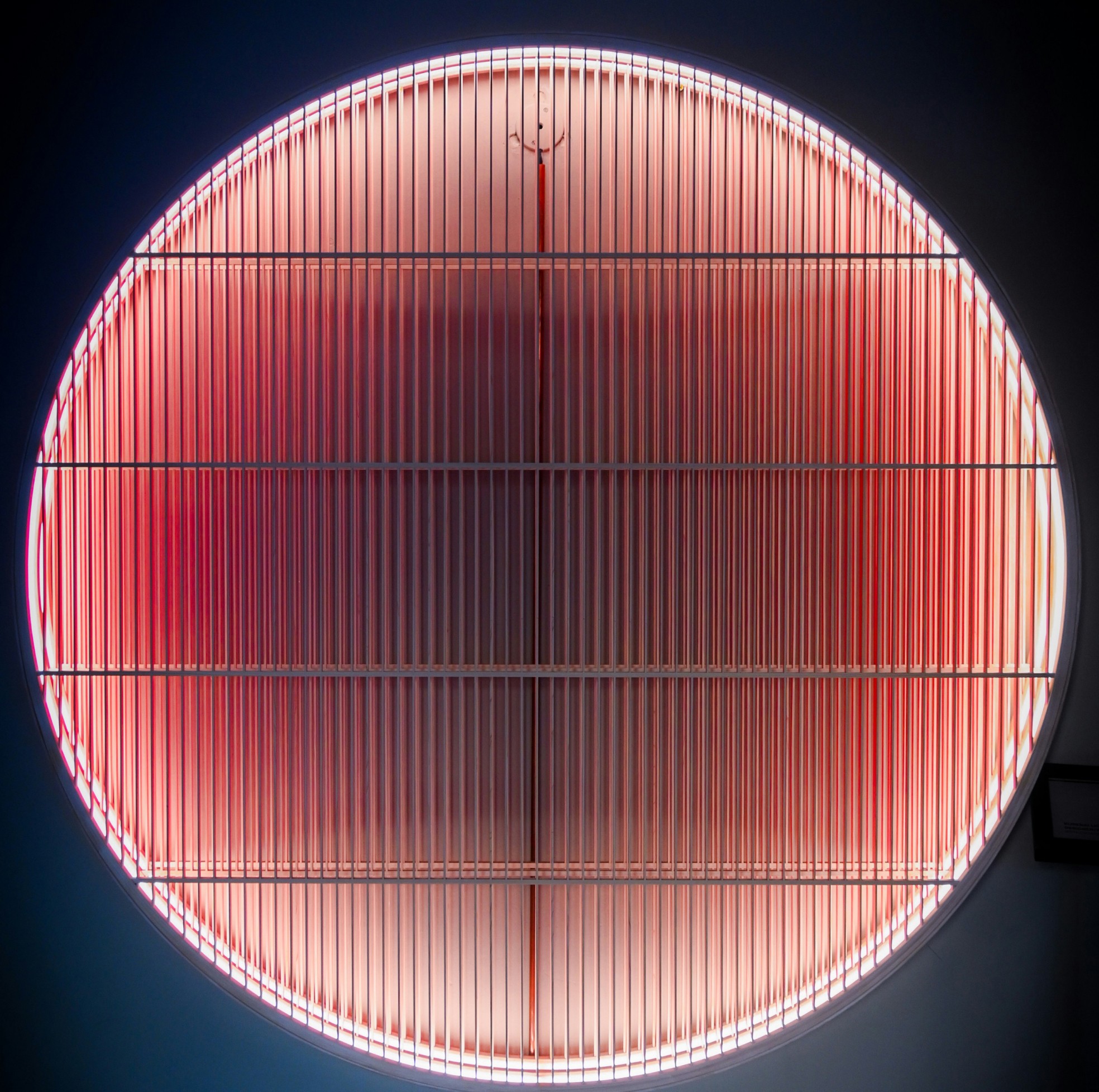Effective Use of Color
Minimalism also promotes better usability and functionality. By focusing on essential features and removing superfluous elements, designers can create interfaces that are intuitive and easy to navigate. Users are less likely to become confused or distracted, leading to a more streamlined and efficient interaction. This simplicity can also improve performance, as fewer elements often mean faster load times and smoother user experiences.
User-Centered Design
Incorporating minimalism doesn’t mean sacrificing creativity or personality. In fact, minimalism often enhances the impact of creative choices by providing a clear canvas for bold design elements. With a restrained color palette, thoughtful typography, and high-quality visuals, minimalism allows these elements to shine and make a stronger impression. The key is to use design elements sparingly but effectively, ensuring that each choice contributes to the overall aesthetic and functionality.
Minimalist design also aligns well with modern technological trends. In a world where users interact with various devices and screen sizes, minimalism ensures that designs remain adaptable and consistent. Responsive design principles work harmoniously with minimalism, allowing for seamless transitions and scalability across different platforms.
However, mastering minimalism requires careful consideration and a deep understanding of the content and context. It’s important to strike the right balance between simplicity and functionality, ensuring that the design remains user-centered and effective. Over-simplification can lead to a lack of clarity or missing functionality, so designers must carefully evaluate which elements are truly essential.
In summary, mastering minimalism involves embracing the art of simplified design by focusing on clarity, functionality, and elegance. By removing unnecessary elements and emphasizing the essentials, designers can create clean, intuitive, and visually appealing interfaces. Minimalism enhances usability, supports modern design trends, and allows creativity to flourish within a restrained framework. Through thoughtful application, minimalism can transform complex designs into powerful, impactful experiences that resonate with users.










